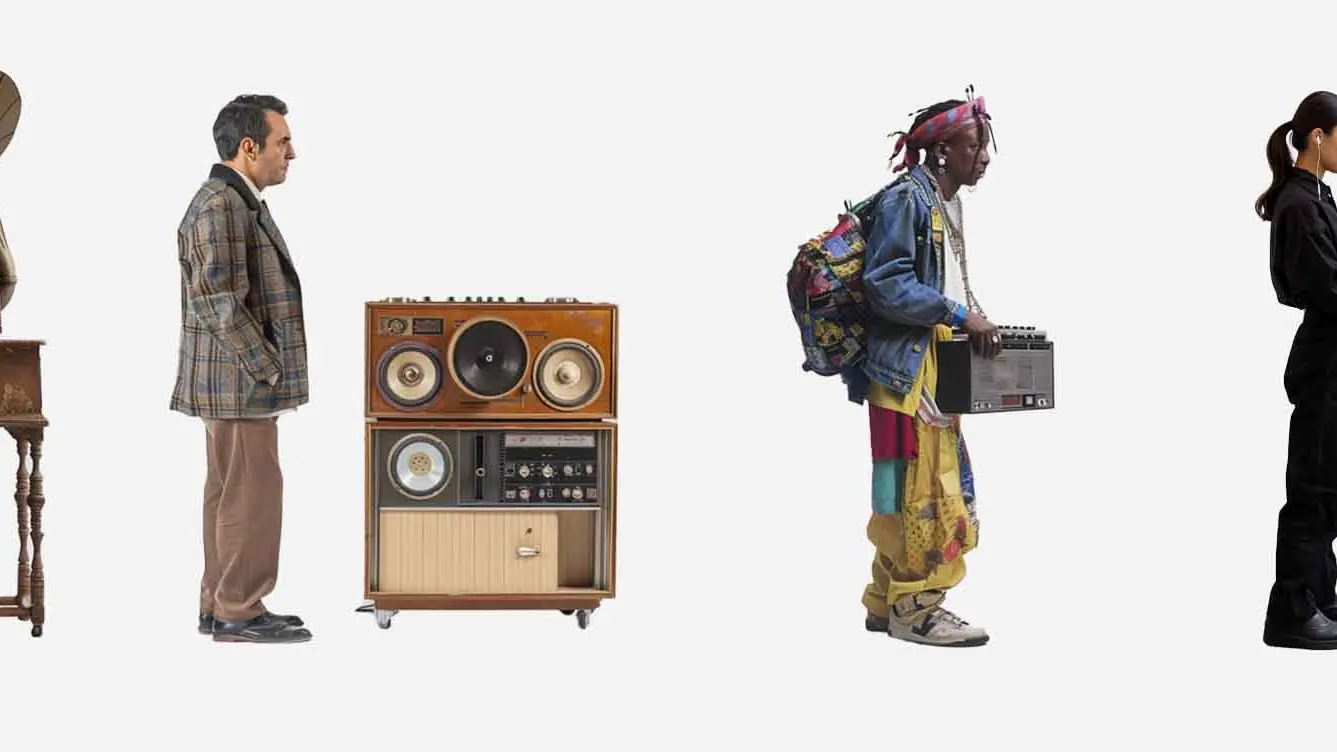How do you recreate, for the audience especially, that palpable tension that you get in a live environment? The experience of everyone on the edge of their seat and then that moment when you feel the whole auditorium relax. Those moments in a concert are like magic. And how do you recreate that in a streamed environment?
Giles Cambray
Digital Acceleration and Future of Entertainment and Music
In the latest edition of our Digital Products for Growth Newsletter, we delve into how VR and AI continue to transform the music and entertainment industry at a rapid pace.
 Spork Digital
Spork Digital- 7 min
Key Takeaways
- Virtual Reality (VR) and Artificial Intelligence (AI) are revolutionising the music and entertainment industry by offering immersive experiences and new platforms for storytelling and education.
- VR continues to offer new ways to experience music and live events, improve accessibility and cost efficiency. But despite these technological advancements, the human element—connection, storytelling, and live interaction—remains irreplaceable. The challenge for brands is finding the right balance between the real world and the virtual one.
- The entertainment industry is grappling with challenges around audience data usage, privacy concerns, and environmental impacts, necessitating a balance between technological advancement and sustainable practices.

Our recent roundtable discussion shed light on several innovative developments and the challenges that come with them.
VR and AI: Revolutionising the Cultural Experience
We began the discussion talking about Repertorium, a groundbreaking project, funded by the European Commission as part of the Horizon Europe Scheme, of which Spork has the privilege of being a part via its streaming service, 4forty.io. Repertorium will contribute to the rapidly evolving music sector as it aims to redefine how cultural institutions connect with their audiences.
It does this by integrating a custom streaming platform equipped with AI-based sound manipulation—features such as head tracking, sound field reconstruction and sound source separation—that will redefine musical experience, education, and practice.
It’ll be possible to mute the tuba part from the recording and navigate the hall anywhere you want. You can actually go and sit in the tuba position and play the concert. You’re not just playing on top of a stereo recording, but you actually take the place of that instrument and you hear the cello over there and the violin to your right.
John Anderson, Founder, Odradek Records
The potential benefits for students and professionals alike are vast and that potential was seen as very positive and exciting.
There used to be something called music minus one, which were these sort of old lps that you could play along to, and it would have everything but your part. But they were quite basic, and it’s quite an old fashioned system. But to try and reinvent that in a virtual world, in an immersive world, I think, is an absolutely fascinating idea, and it’s absolutely time for it.
Tim Henty, Conductor
But the conversation also addressed the challenges of replicating the human connection and emotional depth of live performances through AI and VR—a theme that provoked thoughtful discussion among our participants and one that is also a highly debated issue within the industry.
The blend of technology and tradition continues to shape a new future for music and entertainment. The right blend is needed to ensure that while venturing into digital realms, the core of storytelling and genuine connection remains key.
Apparently, five hours of streaming - this is audio streaming - is the equivalent of the ecological impact of all the plastics they use producing a CD and jewel case.